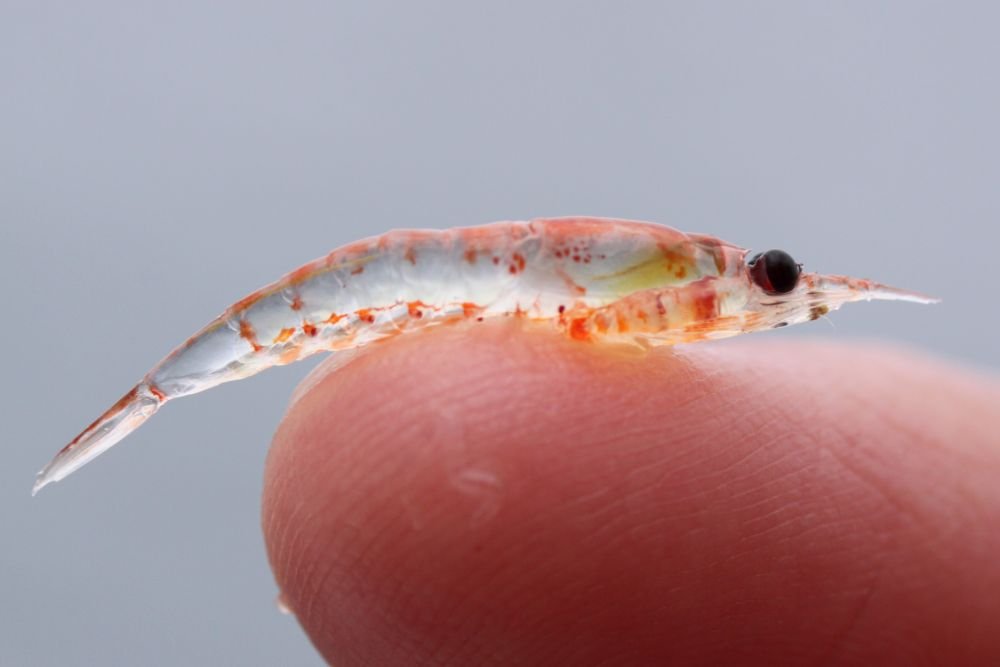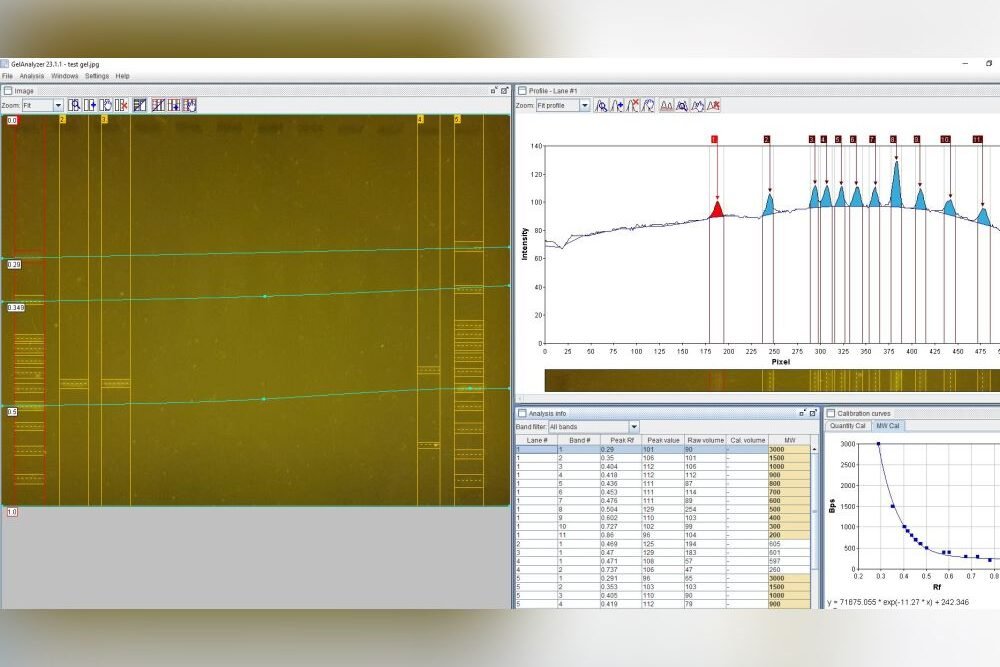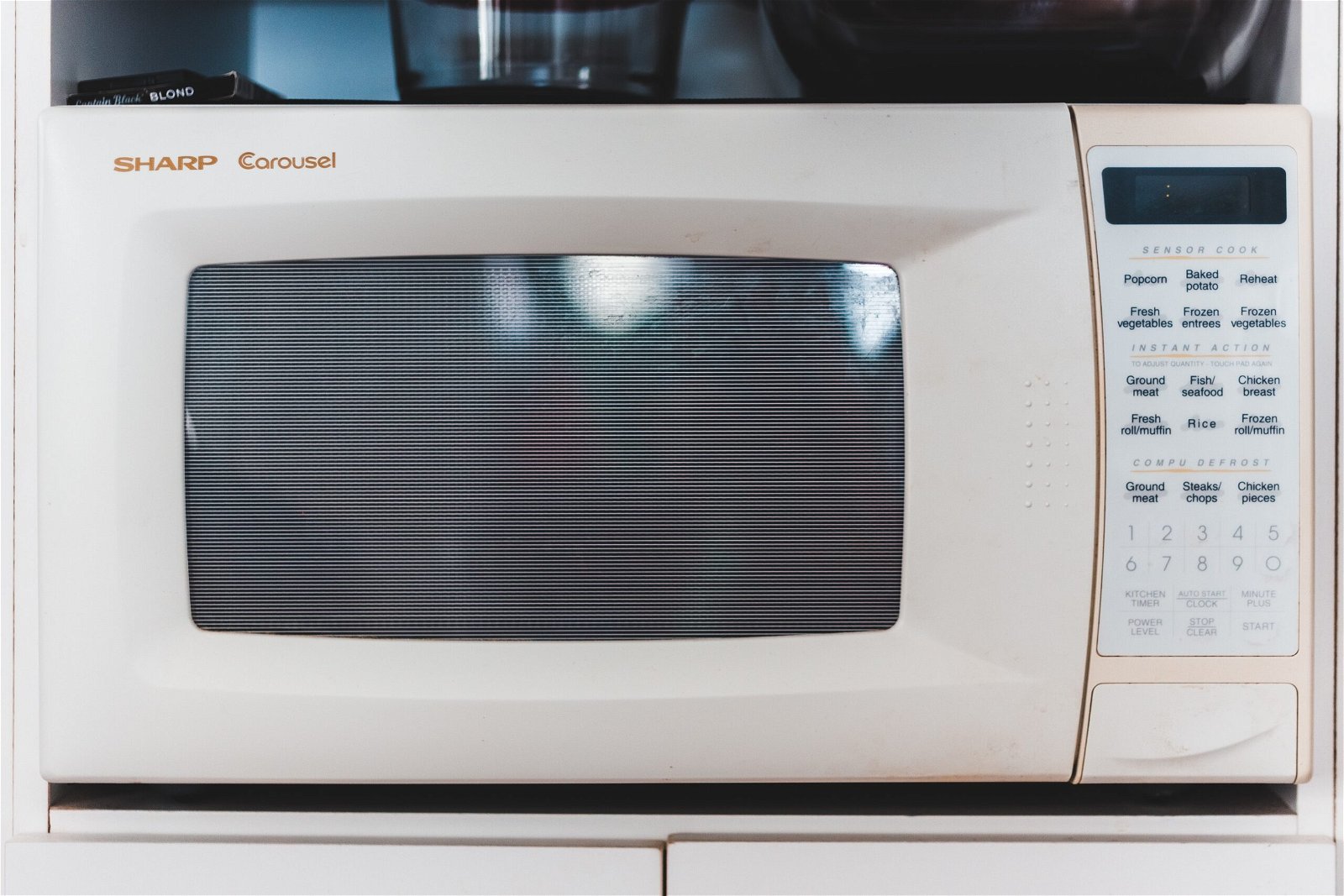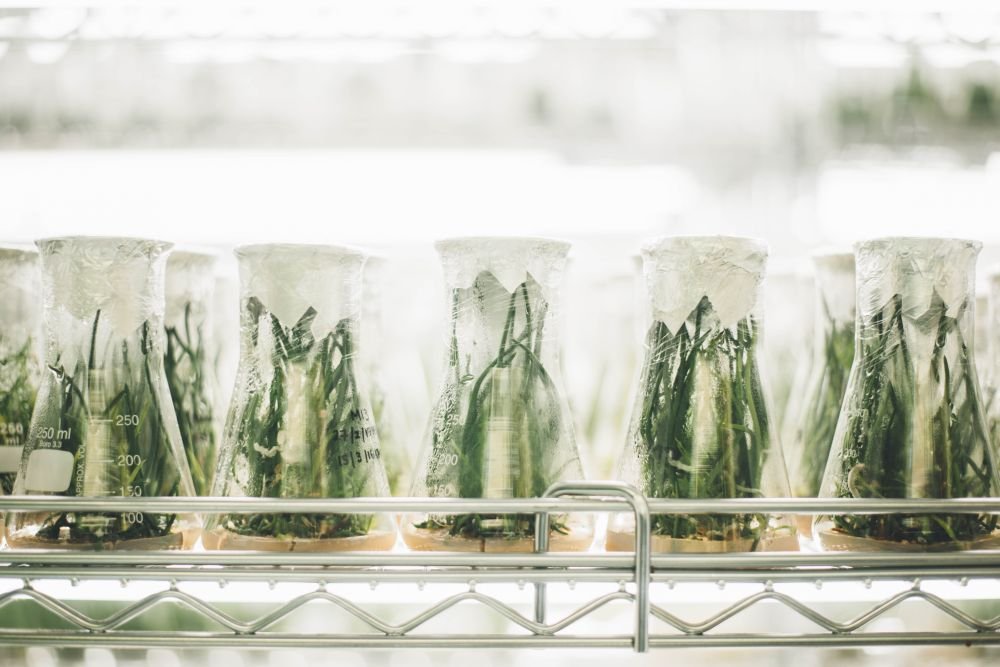Hi PCR enthusiasts!
Here are this week’s highlights from Bento Lab.
Bento Lab in the field
DNA barcoding on a dive boat
We featured a really nice example of in-situ DNA barcoding during fieldwork, in which a team of researchers from the National University of Singapore developed a DNA barcoding workflow for marine animals (from worms and sea slugs to fish) that could be packed in a backpack and operated on a diving boat during a day trip.
The authors chose Bento Lab because its 32 well thermocycler would maximise sample processing capacity. They combined it with a quick DNA extraction method, tagged barcoding primers to allow sample demultiplexing, Oxford Nanopore MinION for sequencing, and a laptop. Because everything fit into a single backpack, it could be used as a small sequencing workstation in the afternoon after SCUBA diving for samples.
It’s a really great example of what can be done with portable equipment such as Bento Lab and MinION, and with some clever workflow design to maximise sequencing capacity and speed! The workflow is also a very good resource for anyone planning similar field DNA barcoding work with Bento Lab and MinION, whether on boats or on dry land.
Read our story on their article here.
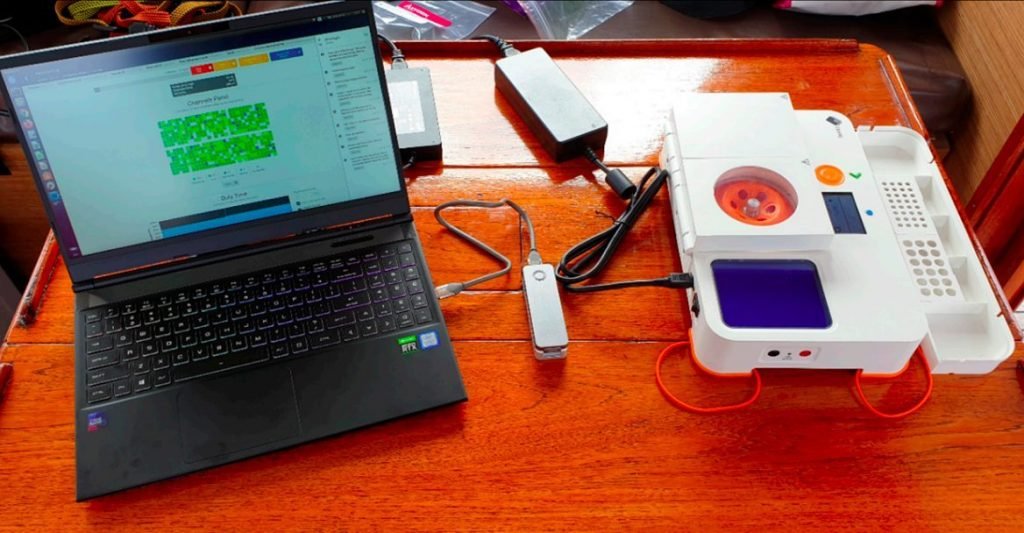
Subscribe to our mailing list for regular updates
Tip for Educators:
Free Genomics for Educators Online Course
Some of you will be interested in Genomics for Educators, a free online course by Wellcome Connecting Science. It is designed to help teachers and educators learn strategies and techniques for teaching genomics in and outside of the classroom to create enriching learning opportunities.
Genomics for Educators starts next week on Monday 21 August. It runs over three weeks, and you can complete the content at your own pace. The course is accredited by the Royal Society of Biology and CPD UK.
You can find out more and sign up here
Methods and Techniques:
“Dust” Metabarcoding
We spotted an article from 2017 speculating that, in the future, equipment such as Bento Lab, MinION, and robot vacuum cleaners could be used for citizen/community science metabarcoding of the dust microbiome.
Metabarcoding is a method by which DNA barcode regions of all the organisms in a sample are extracted and sequenced all together, to allow identification of all the organisms that have contributed DNA to that sample. So it’s an amazingly powerful method of using DNA to look at the world around us. Environmental DNA (eDNA) surveys often use metabarcoding methods.
The Bento Lab/MinION/robot vacuum cleaner workflow hasn’t turned into reality yet, but we do love the idea! And it still could be possible – research using DNA metabarcoding of dust or particles in the air is becoming an increasingly well developed methodology, and is producing a lot of exciting research.
For example, researchers are metabarcoding plants from airborne dust traps for biodiversity surveys, for forensics, and to link respiratory allergies and asthma cases to particular grass species. Animals can also be metabarcoded, for example to detect illegal wildlife trade in sharks and rays, or to detect animals within a large site over the course of a year. The sky is the limit — literally so if you attach air samples to an aeroplane and then metabarcode collected particles.
So there is enormous potential for metabarcoding for all sorts of applications. We’re very excited to see how Bento Lab could be used to help make this kind of work more accessible and portable in the future.
Looking for advice on using Bento Lab?
Book a consultation or send a message.